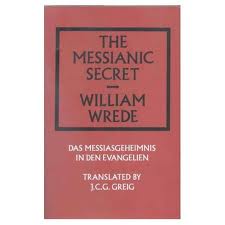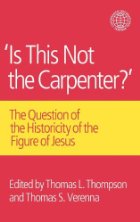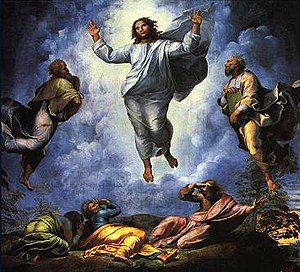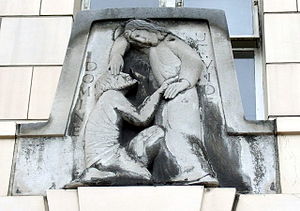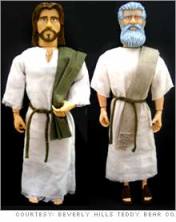In the Gospel of Mark Jesus avoids publicity, silences those he heals, and muzzles demons who recognise him. Unfortunately, the earliest evangelist never mentions why Jesus maintained secrecy.
William Wrede considered it damage control to explain why Jesus himself had never claimed to be the Messiah. Jesus avoided the title because it was inappropriate prior to his resurrection, as Mark seems to imply by having Jesus command Peter, James, and John, “to tell no one about what they had seen” on the Mount of Transfiguration, “until after the Son of Man had risen from the dead. (p. 139, “Secrecy and Recognitions in the Odyssey and Mark: Where Wrede Went Wrong” by Dennis R. MacDonald, in Ancient Fiction and Early Christian Narrative.)
Dennis MacDonald proposes that Jesus was intent on keeping his identity hidden (directly or indirectly) from those who had the power to kill him until the time for crucifixion had come. He says that, contra Wrede, Jesus revealed his identity before the resurrection, though. He revealed it for the first time to his enemies at his trial, thus prompting them to declare him a blasphemer and have him executed.
Tim Widowfield is probably gritting his teeth at this point because he knows that MacDonald has, like so many other NT scholars, simply gotten Wrede wrong. Firstly, Wrede did and did not say that in the Gospel of Mark Jesus maintains secrecy. Wrede acknowledges that in Mark’s Gospel Jesus is often open about demonstrating his messiahship before large crowds. The secrecy is maintained in the sense that the crowds don’t understand who he is despite all his miracles. Moreover, Wrede in fact said that Jesus did not hide his Messiahship on several occasions before his trial and resurrection. The least ambiguous of those moments was when he entered Jerusalem to acclamations that he was the delivering Son of David.
MacDonald argues that the alert reader can see a pattern in the way Jesus would sometimes make an effort to silence others while at other times encouraging them to declare widely a miracle he had just performed. (Wrede says there is no pattern. There is only contradiction and tension.) MacDonald says that this pattern is discerned when one compares the Gospel with another famous work in which the chief character, Odysseus, strives to conceal his identity to nearly all except a few close associates (to whom he reveals himself by “signs” that only they can recognise) until the climactic moment of killing and salvation. Continue reading “Where Wrede Went Wrong? MacDonald vs Wrede on Why Jesus Tried to Hide His Identity”

